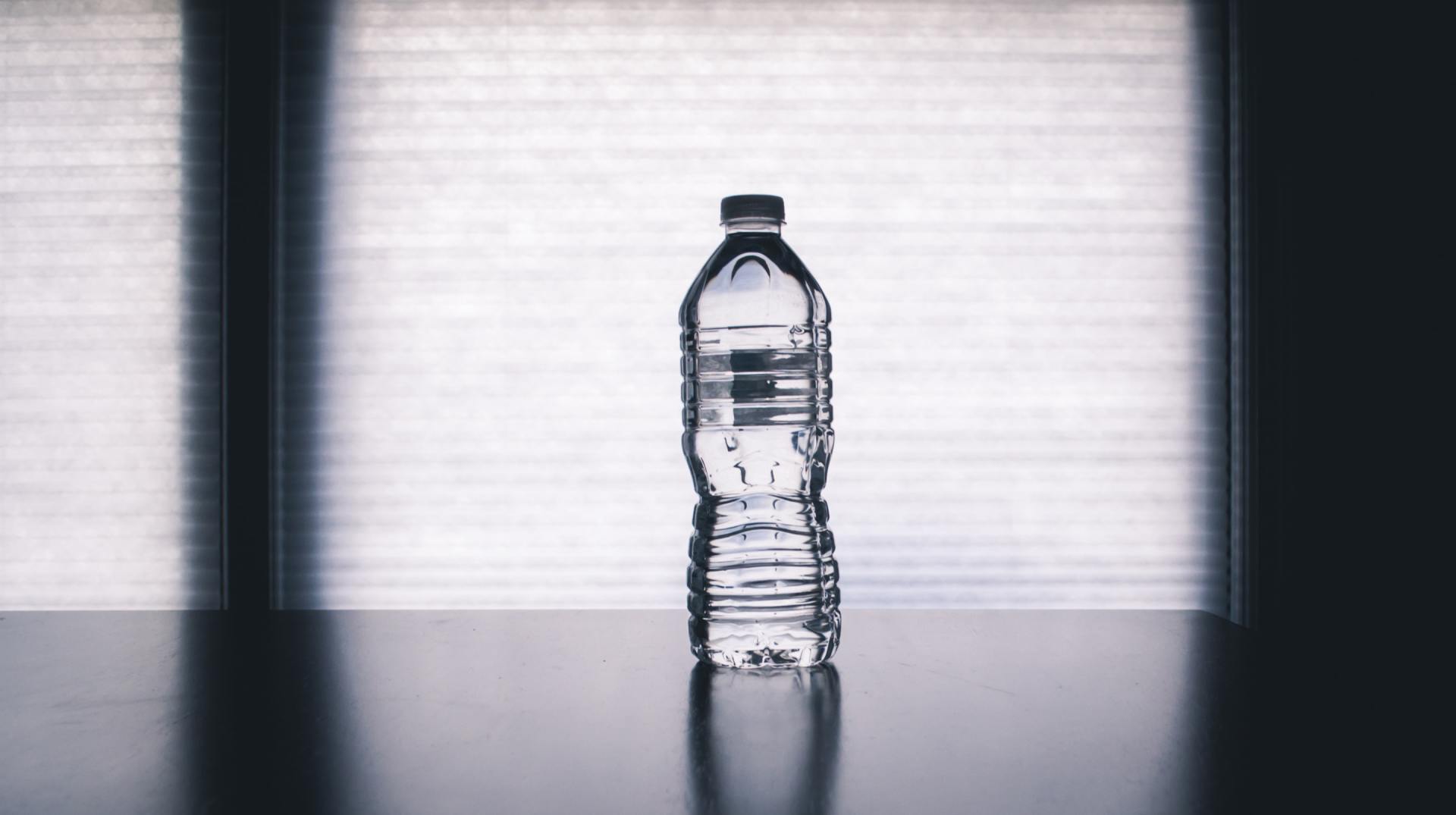Tips to Optimize SLEEP
April 29, 2020
Why Is Sleep So Important?

Often it is hard to get a good night’s sleep. Even when we do fall asleep, the quality of sleep may be lacking.
The following tips can assist you in getting that good night’s sleep:
- Have a time of inner reflection before bed. It is much easier to fall asleep and rest being at peace with one’s self.
- Avoid a pattern of sleeping 12 hours one night and then 6 the next. This does not equate to sleeping 9 hours a night. A true sleep bank simply does not exist. Oversleeping and under sleeping throw off your routine.
- Exercise. Avoid intense, late night sessions. If these were done early in the day, they would aid in a good night’s sleep, but if they’re done at night, the opposite Is true.
- Avoid alcohol, caffeine, and other stimulants in the evening hours before bed. Caffeine increases alertness, as do other stimulants. alcohol, however, will actually help you fall asleep, but it will greatly disrupt REM sleep; after a night of heavy drinking, you fall asleep early, but you are not resting.
- Avoid sleeping pills. These will create a dependency and should be a last resort.
- Get checked for sleep apnea. Many large, muscular men have sleep apnea that can easily be treated with a CPAP device that not only will improve sleep quality and performance but also can lower blood pressure and greatly improve overall health.
- Optimize your sleeping environment. Keep your room cool and dark. Sometimes even playing soft classical music can help you doze off into restful bliss.
- Relax at night and avoid extreme highs and lows. Neither promotes relaxation. If every time a certain person calls you, it results in an extreme emotional reaction, then, when you see that person calling, do not pick up the phone.

Water is an essential nutrient that we must consume in our diet to survive. Without water, death occurs in only a few days. In the body, water serves as a medium in which chemical reactions take place; it also transport nutrients and wastes, provides protection, helps regulate temperature, participates in chemical reactions, and helps maintain acid-base balance. The recommended intake for adults is 2.7-3.7 Liter/Day. Water is found in varying proportions in all the tissue of the body; blood is about 90% water, muscle about 75%, and bone about 25%. Adipocytes( fat cell ) have a low water content, only about 10%. In adults, about 60% of total weight is water but this varies with age and other factors that affect body composition. The percentage of water is high in infants than in adults and decreases as adult age, primarily due to increase in body fat and a loss of muscle mass. Because women typically have higher percentage of body fat than men, they have less body water. Obese individuals have a lower percentage of body weight as water and higher percentage as fat than their lean counterparts. We need more water each day than any other nutrient. The DRIs recommend 3.7L per day for men and 2.7L per day for women. The actual amount needed may vary depending on activity, heat and humidity, and diet. Activity increases water needs because it increases the amount of water lost in sweat; the amount is greater in hot and humid environments. The composition and adequacy of the diet also affect water needs. A low-kcalorie diet increases water need because, as body fat and protein are broken down to fuel the body, ketones and urea are produced and extra water is needed for them to be excreted in the urine. A high protein diet increases the amount of urea and other nitrogenous waste that must be excreted. A high sodium diet increases water losses because the excess salt must be excreted in the urine. A high fiber diet increases water needs because more water is held in the intestines and lost in the feces. Despite variations in our fluid needs, most people consume adequate fluids on a day to day basis to maintain body water at a normal level. Water needs increase during pregnancy and lactation. During pregnancy, water is needed to increase blood volume, produce amniotic fluid, and nourish the fetus. The AI for pregnancy of 3L/Day is based on the median total water intake during pregnancy. During lactation, the fluid secreted in milk, about 750mL or 3 cups/day, must be replaced by the mother’s fluid intake. Based on the median fluid intake during lactation, the AI is set at 3.8 L/day. The fluid requirements per unit of body weight are higher for infants than for adults. One reason is that the infant’s kidneys cannot concentrate urine as efficiently as adult kidneys, so water loss is grater. Moreover, insensible losses are proportionally greater in infants and children because body surface area are relative to body weight is much greater than in adults. In addition to having greater water needs, infants are susceptible to dehydration because they cannot ask for drink when they are thirsty. The AI for infants 0 to 6 months of age is 0.7L/Day and is based on the amount of water consumed in human milk. Dehydration can occur if water intake is too low or output is excessive. Mild dehydration can cause headache, fatigue, loss of appetite, dry eyes and mouth, and dark coloured urine. The Darker an individual’s urine colour, the greater the level of dehydration. Pale yellow urine indicates good hydratiton.










